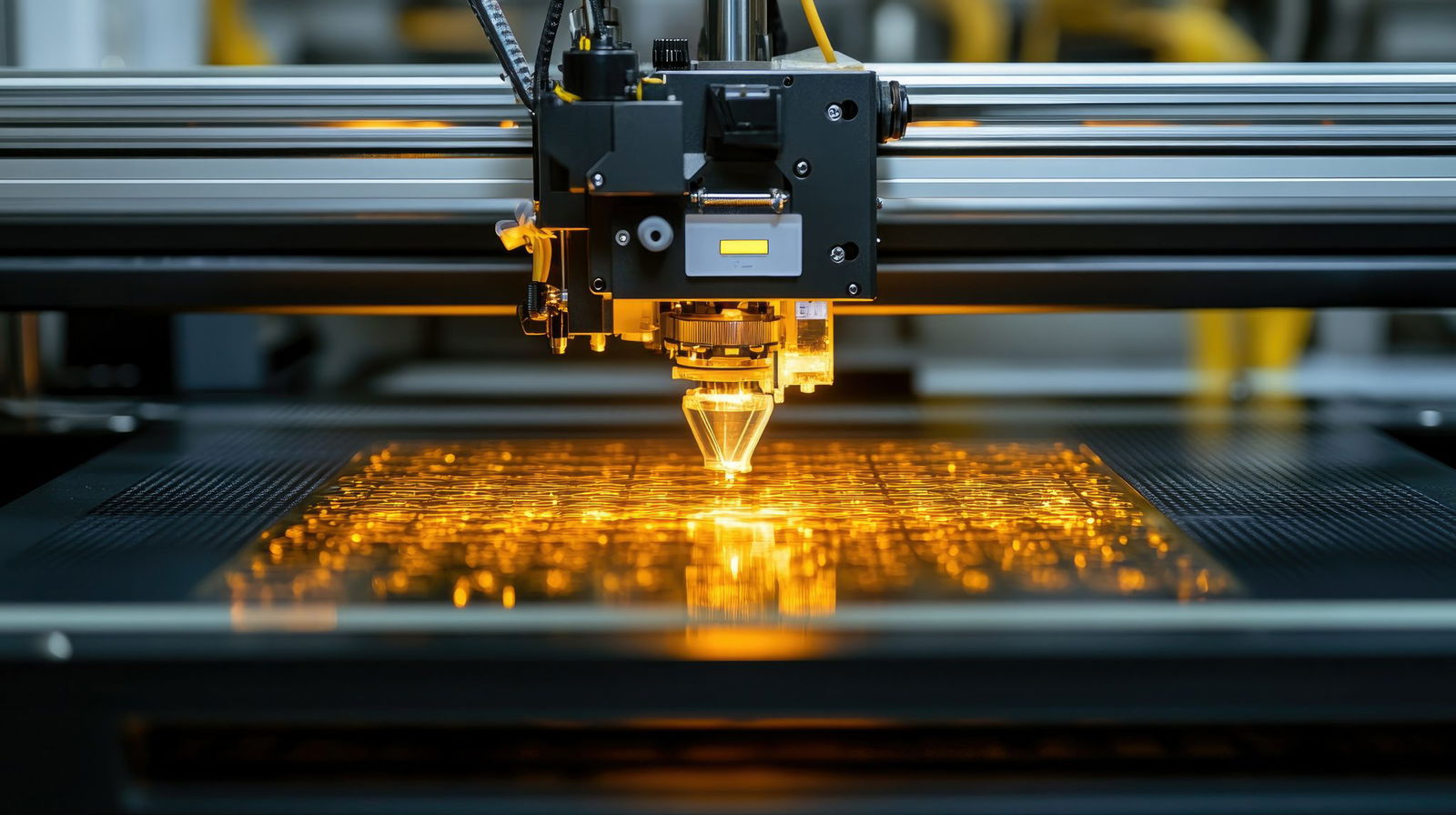
Additive manufacturing (AM) has revolutionized how parts are designed and produced, shifting from traditional subtractive techniques to a layer-by-layer approach. This shift has enabled complex geometries, minimized waste, accelerated prototyping, and fostered customization. Once considered solely a prototyping tool, AM has evolved into a production technology requiring precision and repeatability.
The Role of Advanced Motion Control
This evolution hinges on advanced motion control systems, which govern the precise movements of printheads, build platforms, and other critical components. Precision is paramount in industries such as aerospace, medical devices, and automotive manufacturing, where AM is increasingly used to produce functional parts. Maintaining dimensional accuracy and repeatability is crucial to meeting stringent safety and performance requirements.
For AM to be viable at a production scale, motion control must ensure microscopic accuracy and repeatable performance. Geometric fidelity, smooth surface finishes, and consistency across high-volume production runs are essential. Superior motion system specialists provide tailored solutions to meet the rigorous demands of layer-by-layer manufacturing.
Micro and Nano Additive Manufacturing
A particularly exciting frontier of AM is micro and nano additive manufacturing, where precision is taken to an entirely new level. These technologies create features measured in micrometers or nanometers, unlocking innovations in micro-optics, biomedical devices, and advanced electronics. Manufacturing at such scales demands extraordinary accuracy, and motion control plays a pivotal role in ensuring success.
Two-Photon Polymerization (2PP)
One example of precision-dependent AM is two-photon polymerization (2PP), an advanced 3D printing technology used for micro-scale parts. 2PP employs ultra-fast laser pulses to selectively solidify photosensitive resin at the laser’s focal point, enabling feature sizes as small as 100 nanometers. This technology is invaluable in applications such as microfluidics, photonics, and minimally invasive medical devices.
Achieving the full potential of 2PP requires perfect synchronization between two key motion control elements: the galvanometer, which directs the laser beam, and the XYZ stage, which ensures precise positioning of the build platform. Without seamless coordination, misalignment or distortions could compromise part integrity. Advanced motion systems ensure nanometer-level precision, enabling smooth surface finishes and intricate geometries.
Industries such as micro-optics rely on this technology to produce highly precise lenses and waveguides, while medical applications use 2PP to fabricate tools and implants with complex structures. In electronics, 2PP facilitates the creation of micro-scale actuators and circuit pathways, driving miniaturization innovations. These achievements depend on high-precision motion systems that guarantee stability, repeatability, and precision.
Motion Control: The Key to AM Success
Beyond 2PP, motion control is critical across all AM processes. Whether aligning layers, maintaining geometric accuracy, or ensuring surface quality, motion systems are fundamental to successful manufacturing. As AM machines become larger, faster, and more sophisticated, motion control solutions must evolve accordingly.
Experts like ALIO Industries collaborate with AM machine manufacturers to develop customized motion solutions. This may involve gantry systems balancing speed and accuracy or hybrid hexapods enabling multi-axis precision. Advanced control algorithms provide real-time corrections, ensuring each layer is precisely deposited. Modular designs and predictive algorithms further optimize path planning, enhancing efficiency and scalability.
As AM transitions fully into production-scale manufacturing, precision motion control will be even more crucial. Manufacturers require consistent quality across high volumes, and motion systems provide the foundation for this consistency. By optimizing machine movements and enabling faster deposition rates, motion control enhances throughput and cost-effectiveness, making AM more viable for large-scale applications.
Summary
The role of motion control in AM cannot be overstated. It enables the creation of intricate geometries, supports large-scale production, and drives advancements in micro and nano AM. Superior motion system specialists empower manufacturers to push technological boundaries and achieve new breakthroughs. As AM continues to evolve, precision, repeatability, and adaptability in motion control will define its success, ensuring it reaches its full potential in transforming manufacturing.
Get in touch with ALIO: Expert solutions for your precision motion control needs